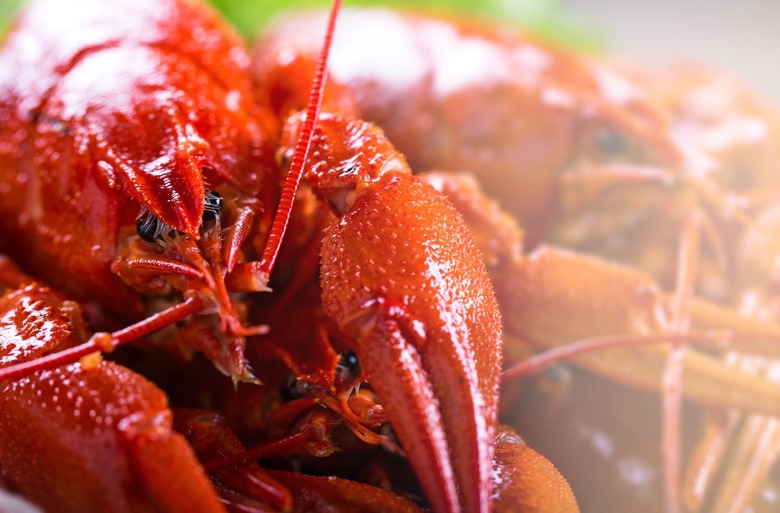5 Things You Didn't Know About Lobster
Digging into a lobster, be it steamed, grilled, roasted, or in a lobster roll, is one of life's great culinary pleasures. But we bet that there's still a lot that you don't know about this tasty marine crustacean.
They Have Blue Blood
Lobster blood is blue thanks to the presence of copper-rich hemocyanin. Other critters with blue blood include snails and spiders.
The "Tomalley" Is Actually a Specialized Organ
The greenish substance found inside a lobster's midsection (often used in lobster bisque and lobster stock) is usually called the tomalley or mustard, and it has a rich seafood flavor. This substance is actually the hepatopancreas, an organ that provides the functions of both the liver and pancreas in mammals; namely absorption of digested food and production of digestive enzymes.
They Can Live an Extremely Long Time
Lobsters have been known to live up to 70 years, and never stop growing. The largest lobster ever caught weighed nearly 45 pounds!
It Was Once Considered a "Garbage Food"
Up until the early 1900s, lobsters were primarily used as fertilizer and fish bait, and were served to prisoners and lower members of society. It wasn't until techniques to ship lobsters nationwide were developed that people developed a taste for it, and it became known as an expensive luxury item.
Boiling Takes 3 Minutes to Kill Them
Contrary to popular belief, lobsters can indeed feel pain, and boiling them alive is one of the worst ways to kill them, as it takes three full minutes to get the job done (boiling lobsters in some places, including parts of Italy, is actually illegal). Stabbing then through the head doesn't work, either, as their brains contain ganglion that extend deeper into their body. The best way to kill a lobster is to use a device called a CrustaStun, which renders them unconscious via electrocution almost immediately and kills them in five to 10 seconds.
